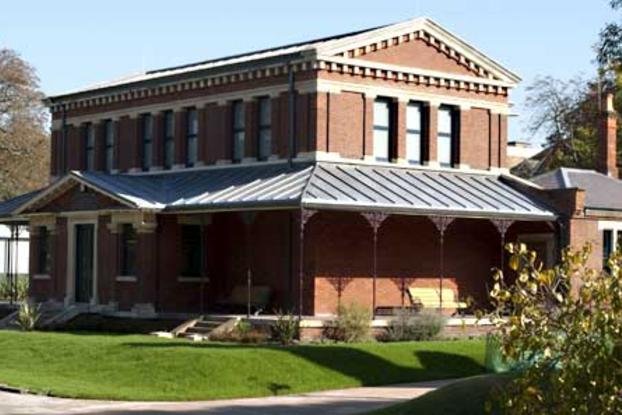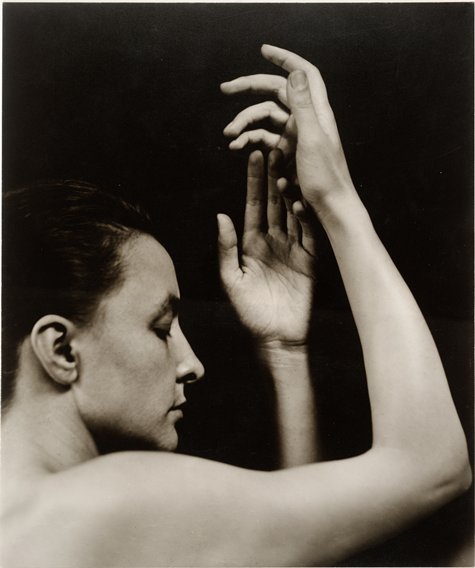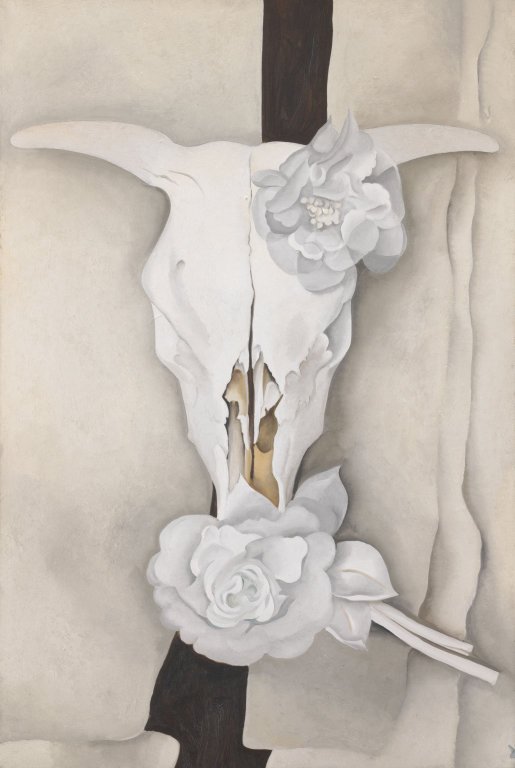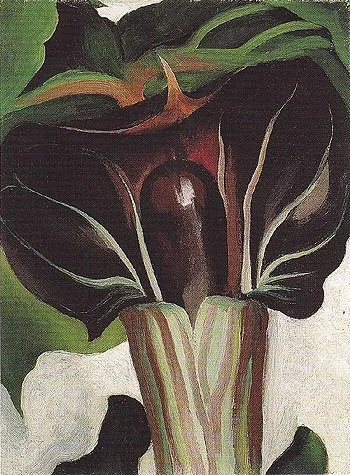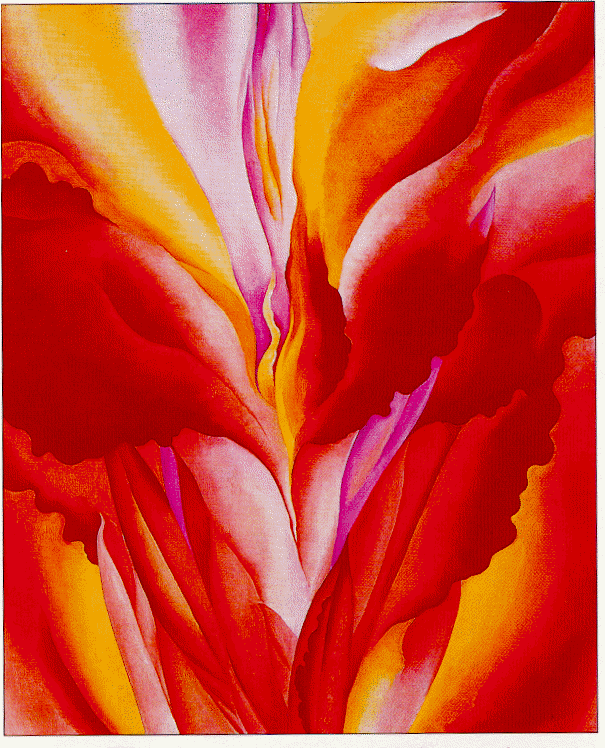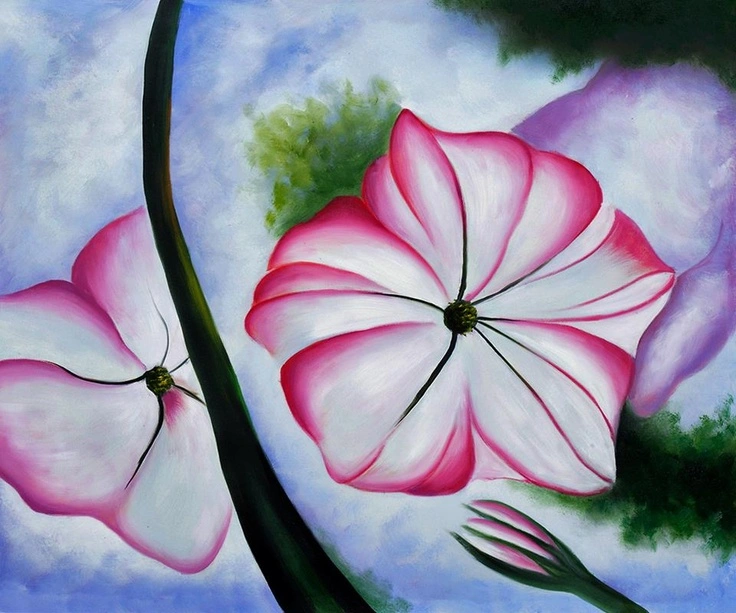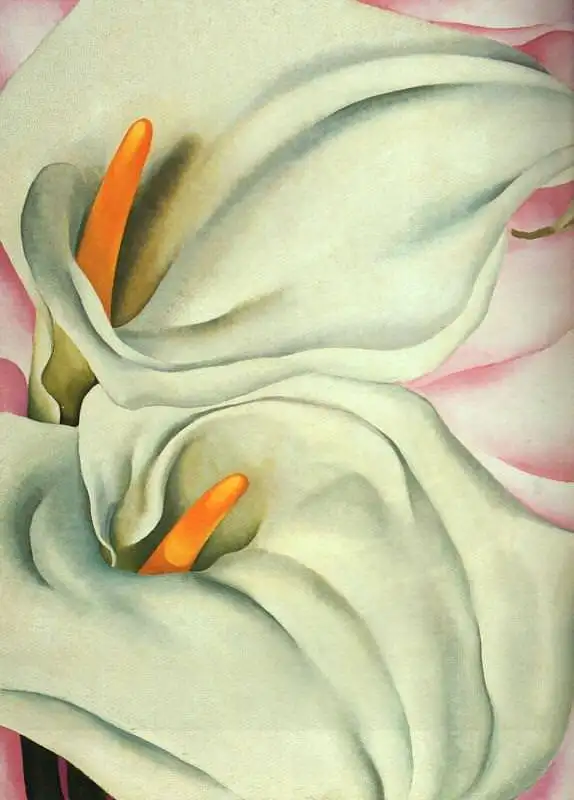
c.1480 -1524
When I visit local art galleries around my neighbourhood they are packed with landscape works from various local artists. As it is Wales a few sheep and the odd shepherd are “thrown in” as a prerequisite for Welsh landscape paintings. My featured artist today was one of the earliest landscape painters and although his paintings often incorporated religious themes which were commonplace in northern Renaissance art, his forte was his splendid detailed, visually fascinating landscapes. He is considered one of the first modern landscape specialists. Let me introduce you to the great sixteenth century Flemish landscape painter Joachim Patinir (often referred to as Patenier) of whose style the English art historian Kenneth Clarke described as:
“…the first painter to make landscapes more important than his figures…”
So how well thought of as an artist was this sixteenth century painter? Felipe de Guevara was a sixteenth century Spanish humanist, art writer, patron of the arts and a connoisseur of Netherlandish painting and in his manuscript of 1560, which two hundred years later, was published in book form, Comentarios de la pintura, he wrote that he regarded Patinir as on being par with the great Netherlandish painters Jan van Eyck and Rogier van der Weyden. Praise indeed! So who was this man who achieved such great standing?
In all biographies the opening paragraph usually contains a date of birth and it is at this point, with this artist, that one hits a brick wall as his actual date of birth is unknown and his birth date, which often varies from book to book, is somewhat of an educated guess.
According to the 1521 diary of Albrecht Dürer, who described Patinir as the good painter of landscapes there was, at that time, a portrait of Patinir as a man in his forties and that would then put Joachim Patinir’s birth date somewhere around 1480. If Patinir’s birth date is uncertain so is his birthplace albeit the consensus of opinion is that he was born in either the town of Dinant or the nearby village of Bouvignes on the River Meuse. It is interesting to note that Dinant is situated at a point on the River Meuse where the river cuts deeply into the western Condroz plateau. The town lies in a steep sided valley sandwiched between the rock face and the river and the spectacular landscape around this town came to influence Patinir in his landscape works.
The first concrete facts we have of him was that he was serving an apprenticeship in the Antwerp Guild of Painters in 1515, a city in which he was to live all his life. During his time he met and worked with other great Netherlandish artists of the time such as Gérard David, Hieronymus Bosch, Quentin Matsys

My first offering of Patinir’s work is one entitled Landscape with the Temptation of Saint Anthony Abbot which he completed somewhere between 1520 and 1524 was one of the few paintings which was signed by the artist. The painting now resides at the Museo Nacional del Prado. This work of art was not a solo effort by him, but a collaboration with Quentin Matsys, who painted the figures, which we see in the foreground. St Anthony, who had given up his worldly possessions and devoted himself to a contemplative life, is depicted sitting on the ground. He is surrounded by temptation in the form of three courtesans who try to seduce him. One of the women holds out an apple which symbolises temptation reminding us of the story of Adam and Eve in the Garden of Eden. A demon-like monkey pulls at his clothes. Lying on the ground we see a discarded rosary symbolising the possible abandonment of faith. Although our eyes are initially drawn to the large figures in the foreground and as we try to work out what is going on, they soon move to take in the wondrous landscape in the middle ground and background which is a setting for various events in the life of the saint. Cast your eyes to the central middle ground and one can make out Anthony and his hut which is under attack by an army of demons. To the right of that scene we see St. Anthony sitting at the water’s edge of a lake on which is the royal barge carrying the queen and her ladies-in-waiting, some of whom are naked; all part of a seduction scene. The rocky landscape and the river hark back to the geography of his birthplace. The painting was acquired by the Spanish king, Philip II in 1566 and was hung in the Escorial Palace.

Patinir often incorporated hermit-style life depiction in his landscape works. This was a very popular subject in Northern European devotional works of art. This next painting focuses on these two elements. It is his Landscape with St Jerome painting, which he completed around 1517, and which also can be found in the Prado in Madrid. The work combines an extensive landscape background, with its vibrantly coloured and decidedly naturalistic vista, with the tale of Saint Jerome. In this work we see the moment in time when Saint Jerome, seen huddled under a rocky outcrop, removes the thorn from the paw of the lion. Patinir’s depiction of the saint is not as we would expect to observe him. Jerome, who was a cardinal in the Catholic Church and eminent theological scholar, was often depicted alone, dressed in his red ceremonial robes, studiously at work in his room. However, in this work Jerome is dressed in the rags of a hermit living outside his battered wooden shelter. As was the case in the first painting I featured, our eyes soon leave Jerome and the lion and focus on the way Patinir has beautifully depicted, in great detail, the landscape which surrounds the saint. Perched on rocky plateau is a monastery, supposedly a depiction of the one at Bethlehem where Jerome once worked. The painting seems to have three well defined colour patterns. The foreground is the darkest made up of various tones of brown and black depicting Jerome’s shelter attached to the high and dark rocky outcrop. The middle ground is full of green of differing shades from the dark greens of the tree foliage to the lighter greens of the fields further away which surround a small village. The background is predominantly lighter with blues and greys depicting the sea and the far-off mountains although to the left we see the black clouds of an approaching storm. This change in colours from the darkness of the foreground to the lightness of the background creates perspective in the work. Once again the high craggy outcrops hark back to the geography of his birthplace, Dinant which nestled snugly between the high rocky cliffs which protruded out towards the River Meuse.

My third offering is fundamentally a landscape work and yet this has a mythological connotation. It is entitled Charon Crossing the River Styx and was completed by Patinir around 1524. Again, like the two previous works, it can be found in Madrid’s Prado museum. This is not a devotional work and was probably originally commissioned by a wealthy merchant and scholarly connoisseur who was also an avid art collector. The painting is divided into three vertical parts, the centre of which is the River Styx and the outer parts represent the banks on either side of this great mythological waterway. The River Styx was one of the five rivers that separated the world of the living from the world of the dead. In Greek mythology, it was written that the River Styx wound around Hades nine times. The name of the river derives from the Greek word stugein which means hate, and so, Styx, was the river of hate. To the left of the river is the swamp-like and rugged bank of Paradise and to the right of the river is that of Hell

Our eyes immediately home in on the sandy-coloured boat and its occupants which are midway between the two banks. The boatman is Charon, the old ferry man who ferries the dead onto the underworld, and we see him crossing the river Styx towards the underworld, where the dragon-tailed three-headed dog, Cerebus, stands guard, allowing all souls to enter but none to leave. We can see Cerebus curled up in his lair at the entrance to the gates of Hell, which is depicted in the right background of the painting, burning brightly.

Along with Charon in the boat is the soul of a recently deceased person. The soul is looking around and has to decide on to which bank it wants to disembark. If you look carefully at the left bank you will notice an angel perched on a mound pointing towards another waterway and another land. This water is the Fountain of Life and it is part of Paradise. We can see peacocks and ravens on this land and these symbolise Resurrection and Redemption. The angel is canvassing that this should be the soul’s land of choice. Now, if we look on the right bank that also seems to be calm and peaceful with birds flying around the trees. Cerebus is out of sight but on the ground near the foot of the trees is a small monkey which is a symbol of the devil and that for the soul in the boat should be warning enough. Unfortunately, looking at the way Charon is steering the boat, the soul has made the wrong choice! The background story is interesting but for me the beauty of this work is not the characters in it but the artist’s depiction of the landscape.

My fourth and final offering of works by Joachim Patinir is entitled Landscape with Saint John the Baptist Preaching and one version of this work can be found in the Musées Royaux des Beaux-Arts de Belgique – Brussels, but the one below is from the collection of the Philadelphia Museum of Art and in the lower right hand corner of this version we see a crest. It is the crest of the wealthy Rem family and it could well be the wealthy merchant, Lucas Rem, the sixteenth century Augsburg merchant and art collector had this version painted for himself and had the family crest added to it.

In the painting, we have a bird’s eye view of St John the Baptist preaching to a group of followers but what I like most about the painting is the beautifully depicted imaginary landscape which acts as a backdrop to the religious scene, Once again it crosses my mind that the religious story plays a secondary role to Patinir’s depiction of the landscape. Once again we see a similar landscape to that in his other works – tall rocky outcrops closely bordering on to a river, which because of the religious nuance of the painting could have represented the River Jordan and on the left bank, although not clear in this picture, is a depiction of the baptism of Christ, in the Jordan river, by John the Baptist.
We observe St John, bent over, leaning heavily against a sturdy branch of a tree. It is almost as if he is leaning against a lectern or pulpit rail as he looks down upon his followers who sit entranced by his words. In the foreground to the left of the painting we see a tree which is dying around which is a vine. This is thought to allude to the Tree of Knowledge in the Garden of Eden which withered and died once Adam had taken a bite of the apple offered to him by Eve. According to legend, the tree eventually came back to life once Jesus Christ had died on the cross and in so doing, had atoned for the sins of the world.
Both John the Baptist and his audience are in the shade as the bright light we see lighting up the meandering river, which wends its way towards the horizon, is incapable of penetrating the thick tree canopy above the group. As was the case in the earlier painting, Patinir has used different colour combinations to craft perspective. Dark browns and greens in the foreground around the people gradually change to lighter greens of the banks of the river and then in the distance lighter blues and greys become the dominant colours.

There is a fascinating delicacy about Patinir’s landscape work and as I have said before this favoured landscape depiction of the artist probably stemmed from what he remembers of his birthplace around Dinant and the rock structure there known as the Bayard Rock, which looms above the town and the River Meuse.
In German, Patinir would be classified as a painter of Weltlandschaft which translated means world landscape. The Weltlandschaft painters completed works depicting panoramic landscapes as seen from a high viewpoint. These works of art typically included mountains and lowlands, water, and buildings. As in Patinir’s works, the subject of each painting is usually a Biblical or historical narrative, but the figures included in the work are secondary to their surroundings and they were often made-to-order by secular patrons. The landscapes in these works were not geographically accurate. In her 2005 book, Seventeenth-century Art and Architecture, Anne Sutherland Harris, a professor of Art History, describes this form of art:
“…They were imaginary compilations of the most appealing and spectacular aspects of European geography, assembled for the delight of the wealthy armchair traveller…”
So again I ask – was Patinir a religious painter who liked to add a landscape background to his work or was he a landscape painter who liked to add, or get somebody else to add, figures appertaining to religious and mythological stories? Perhaps his friend Albrecht Dürer had the answer to this conundrum when he described his friend as:
“…der gute Landschaftmaler…“
(the good painter of landscapes)








